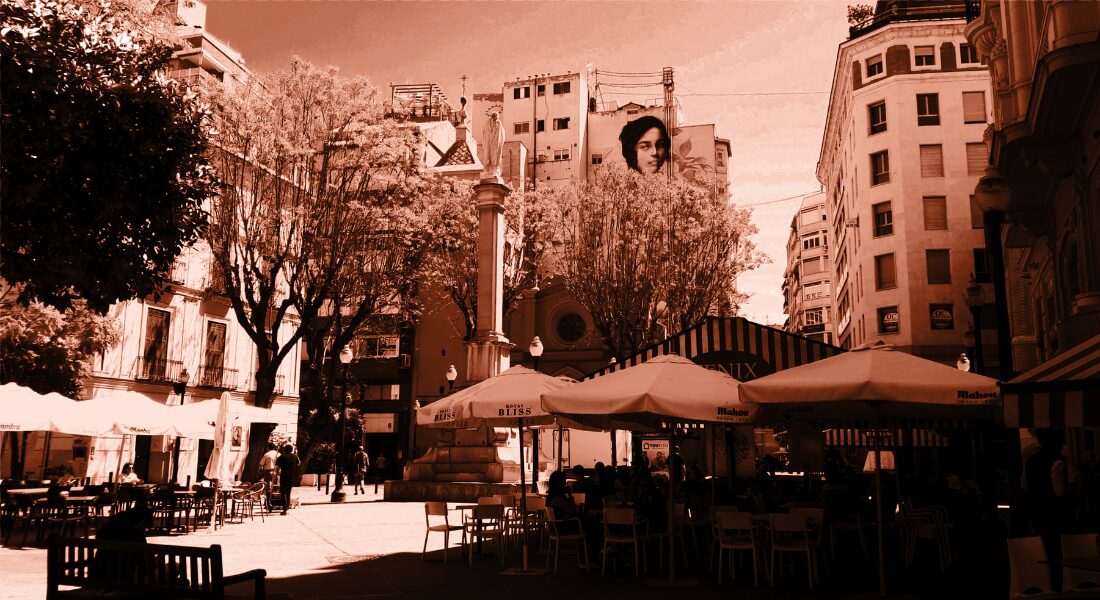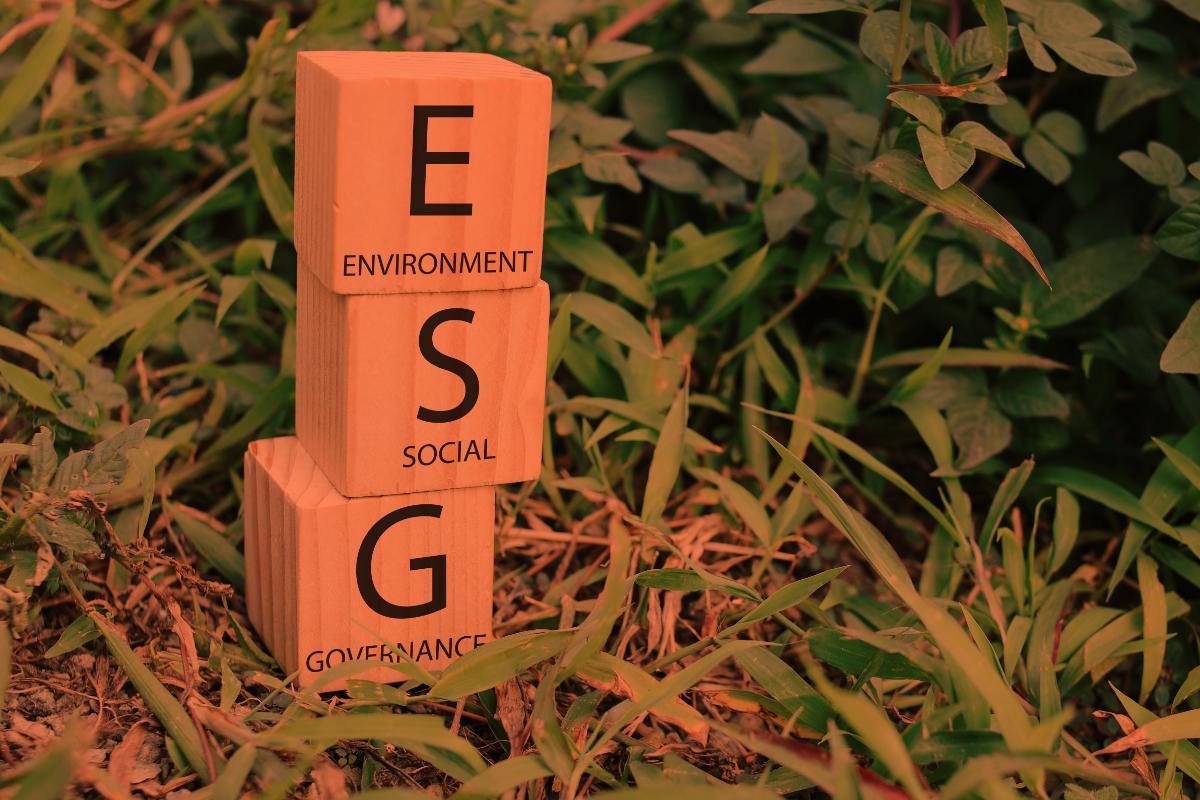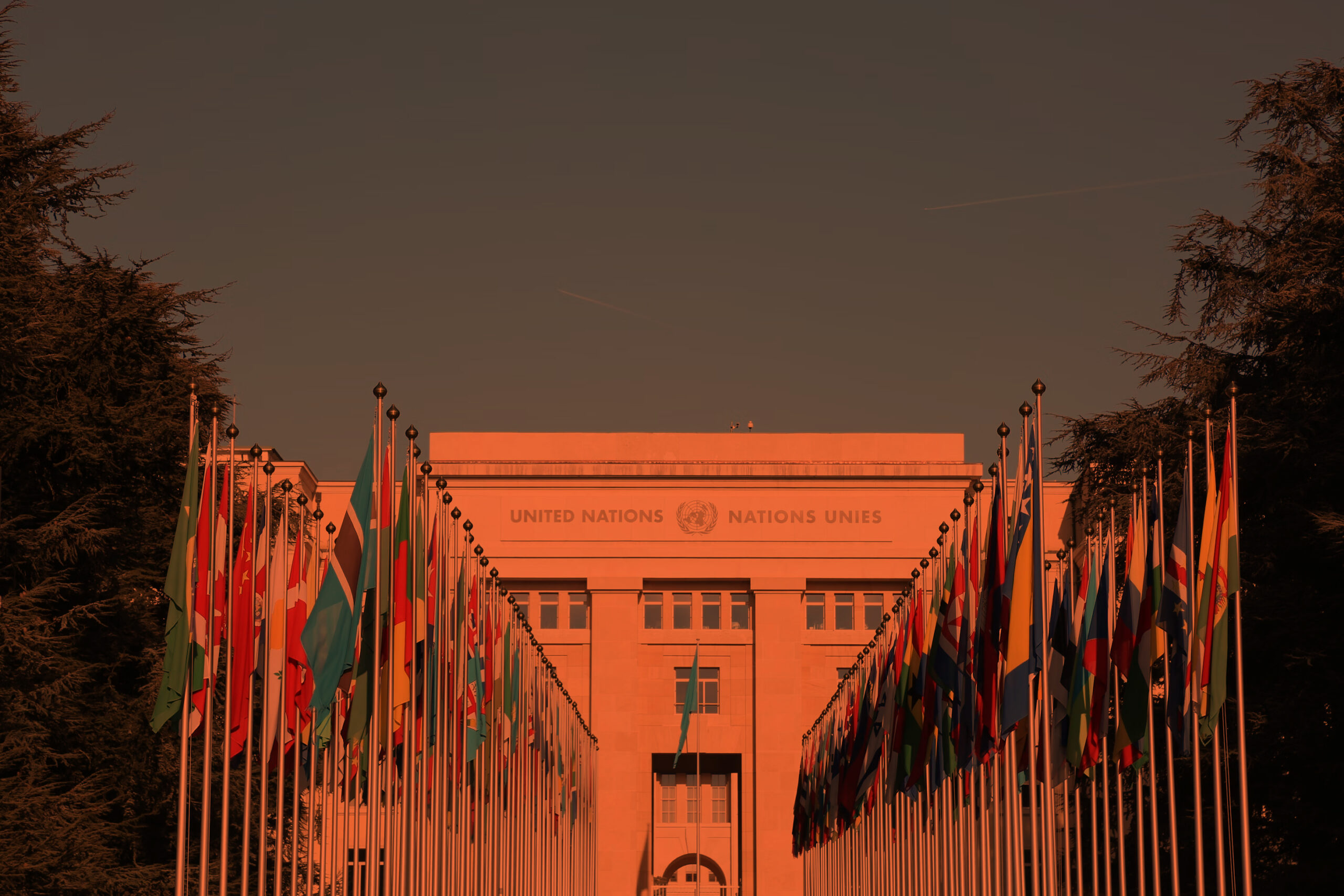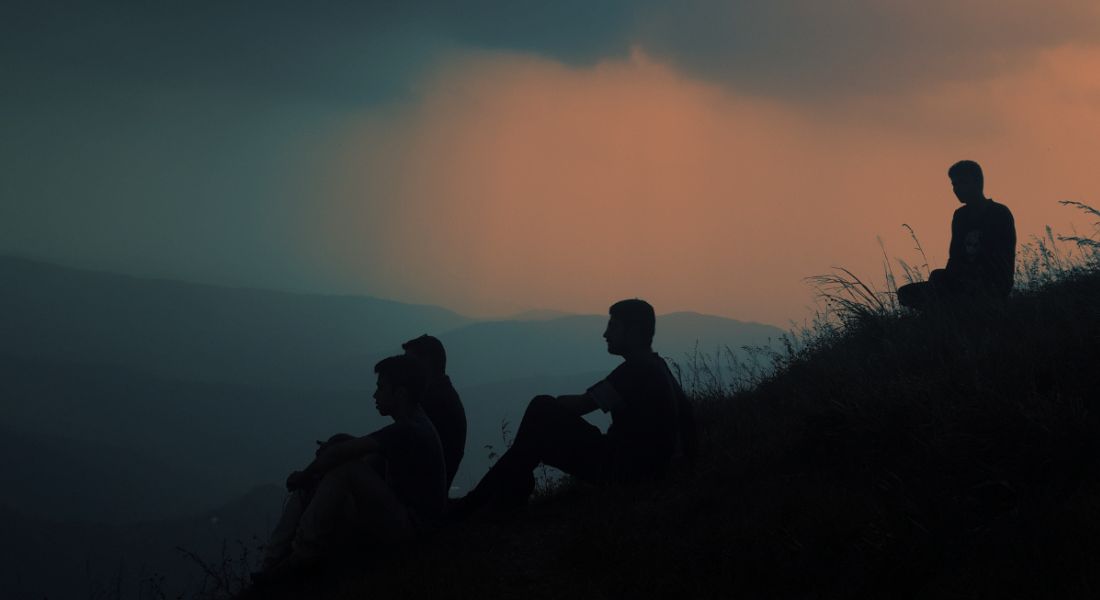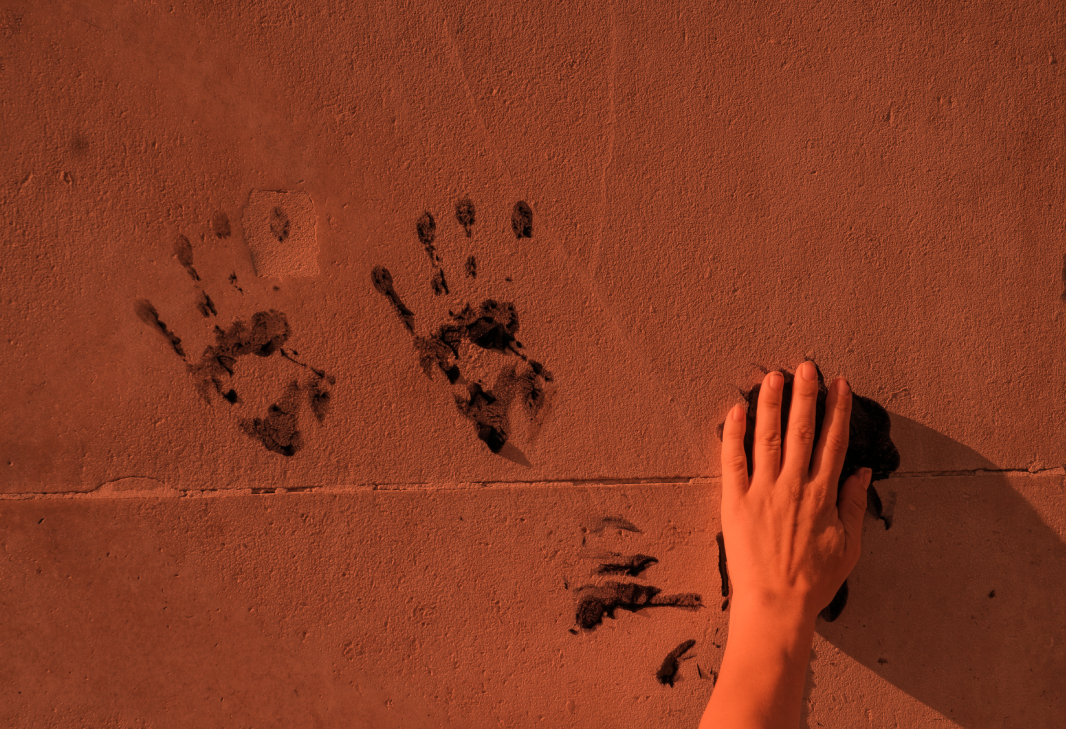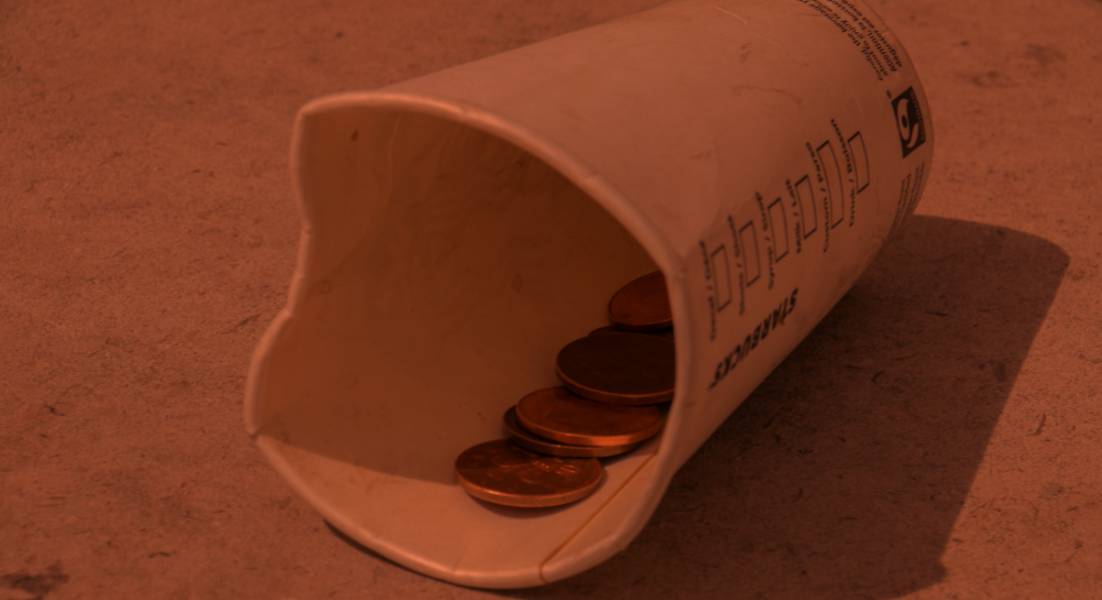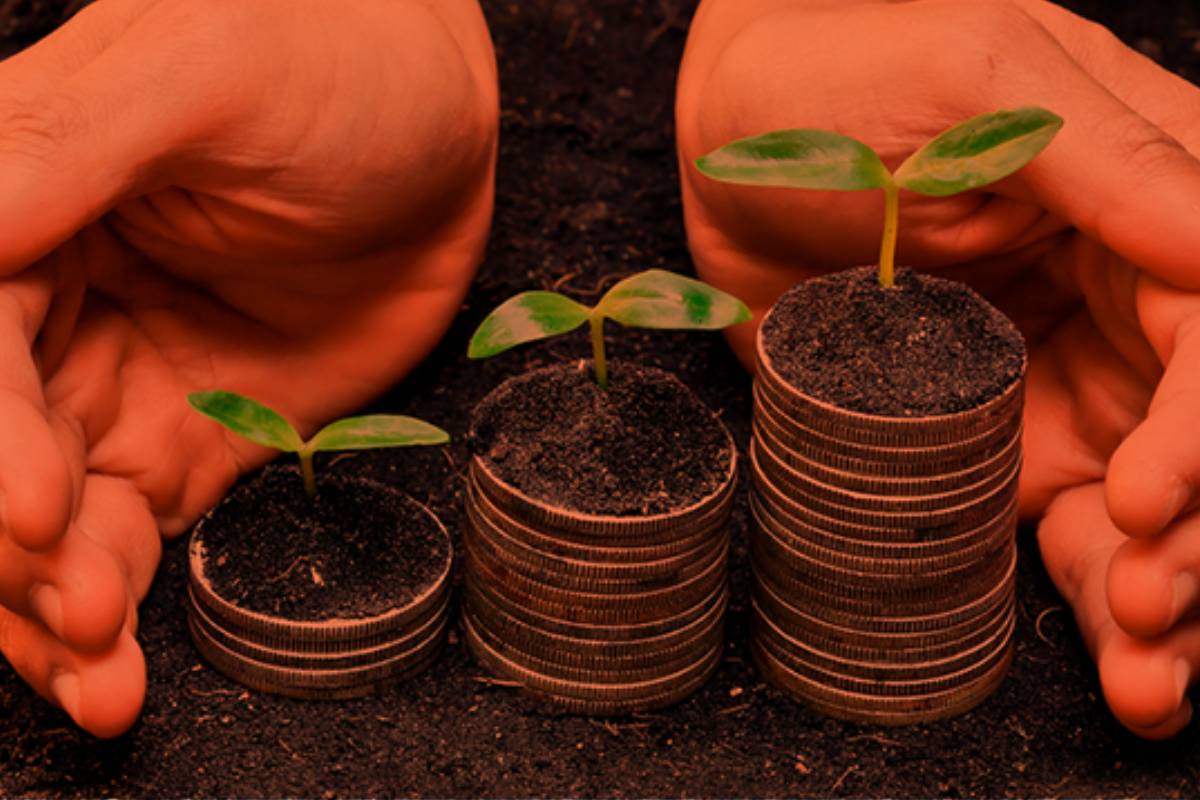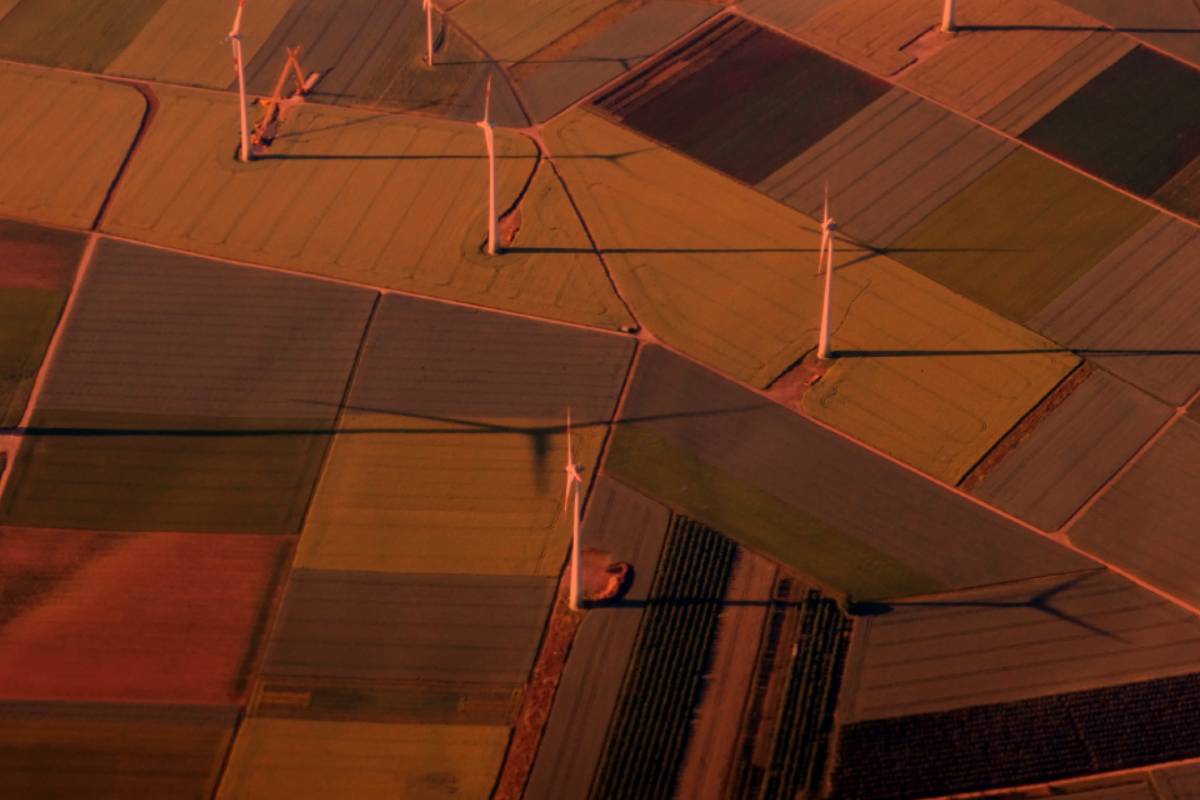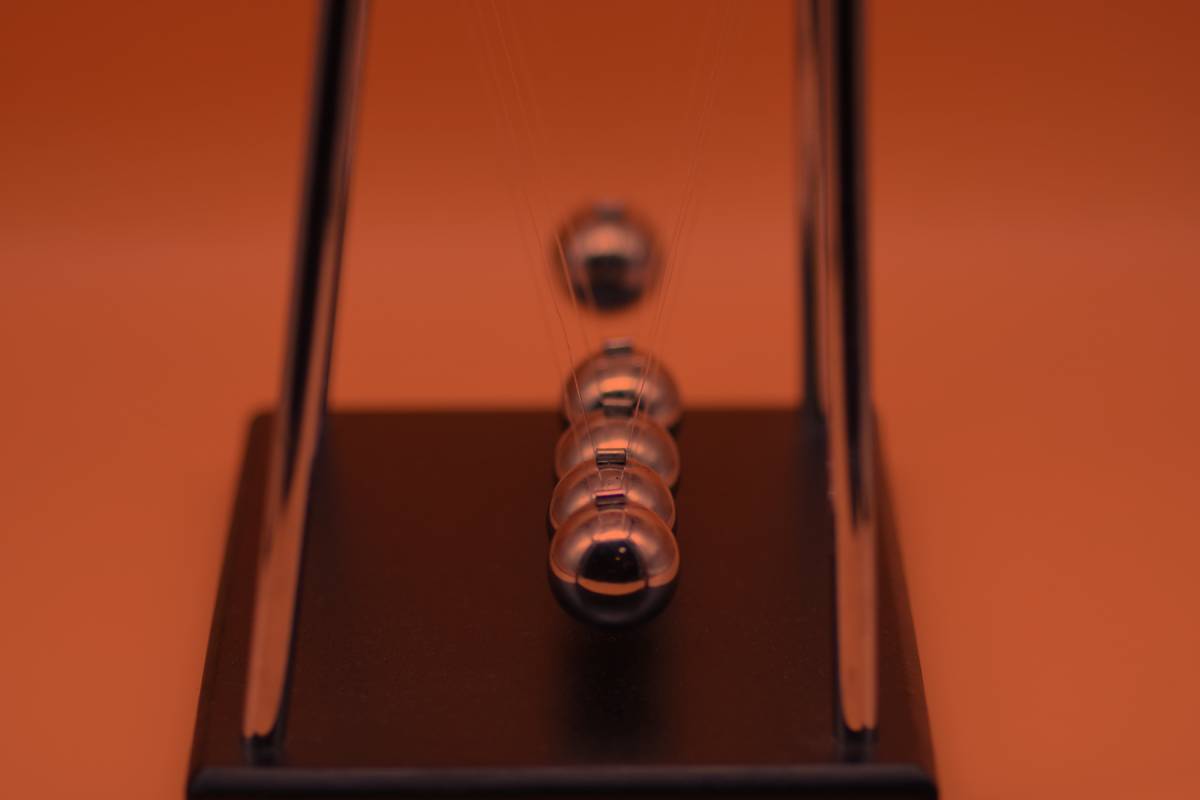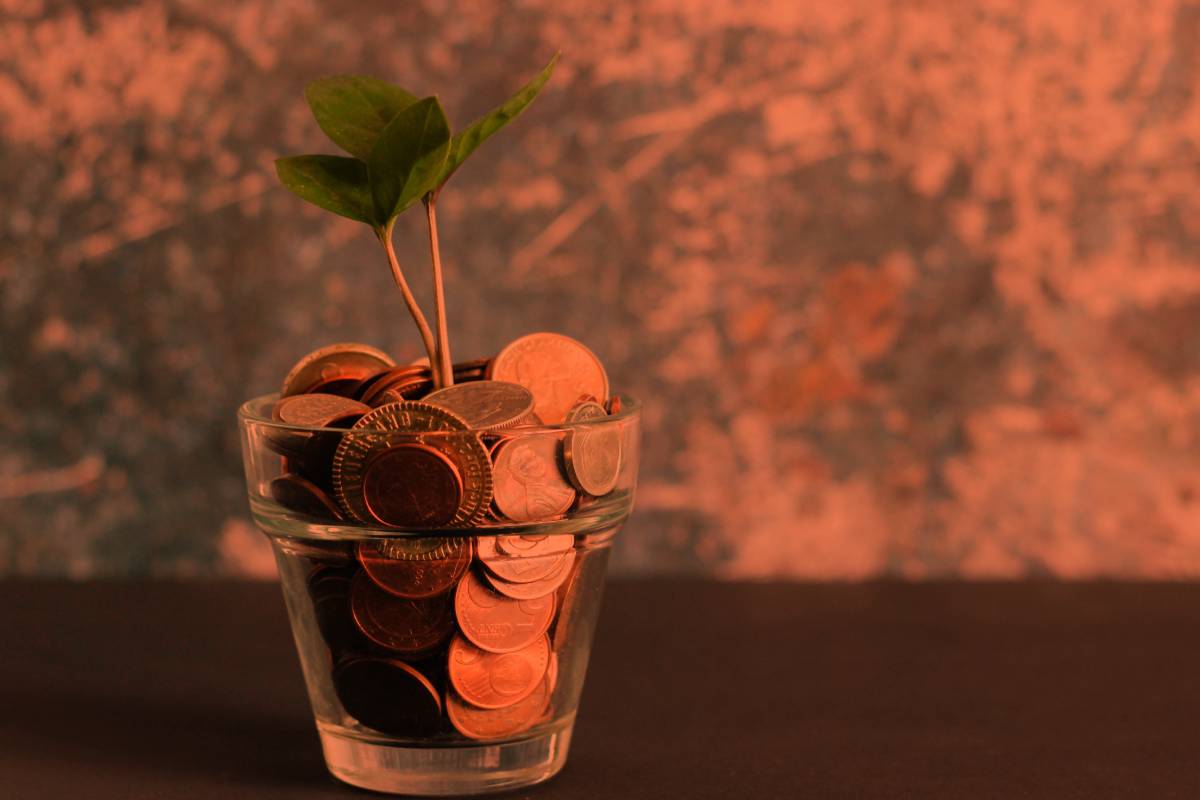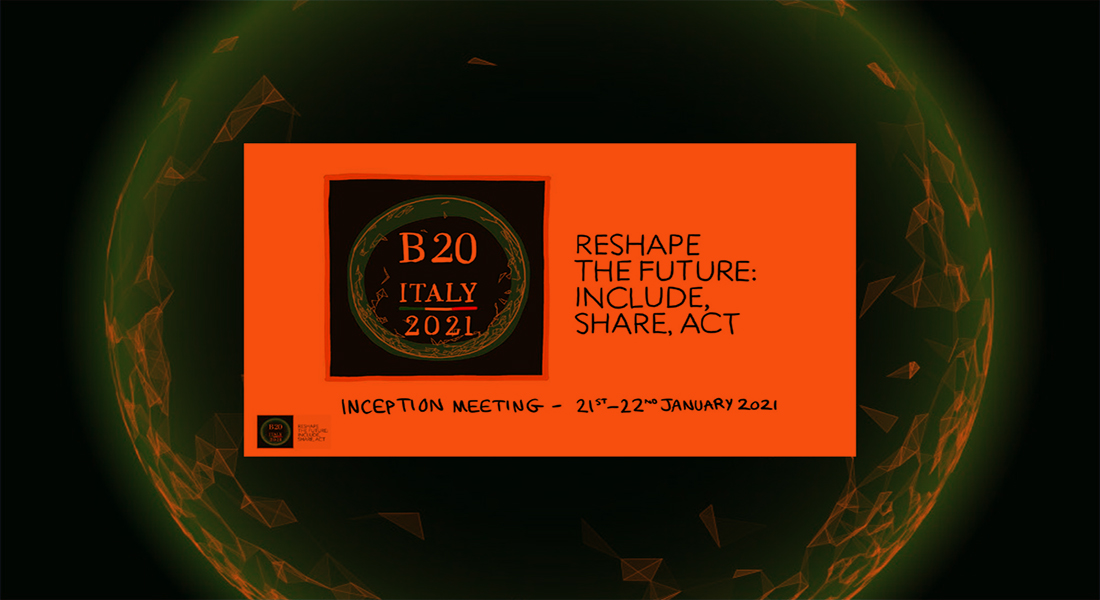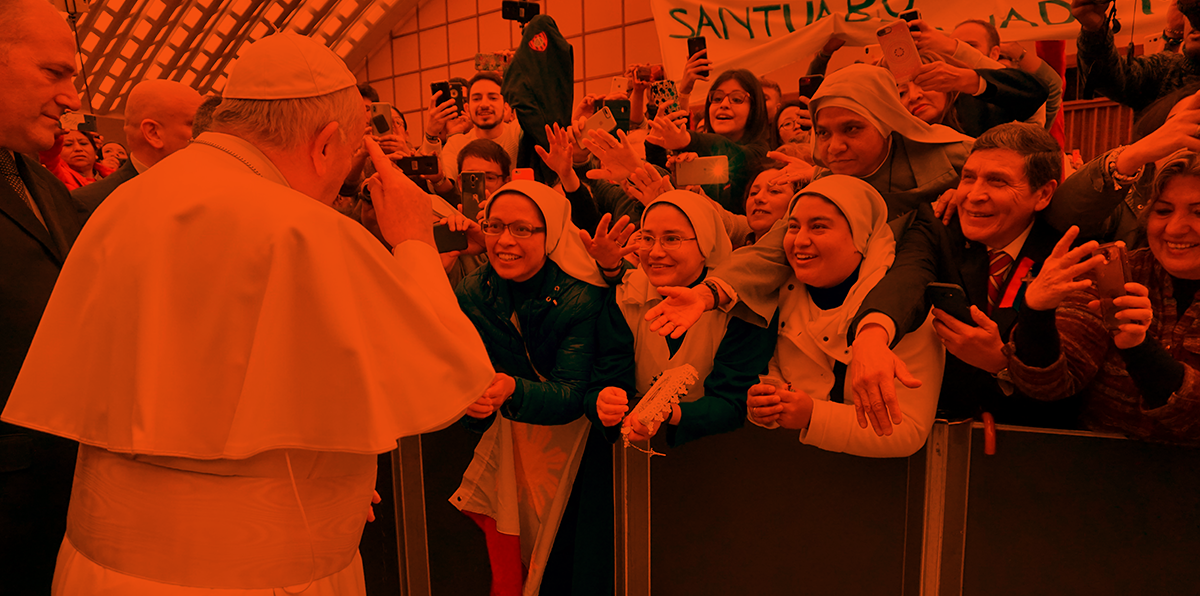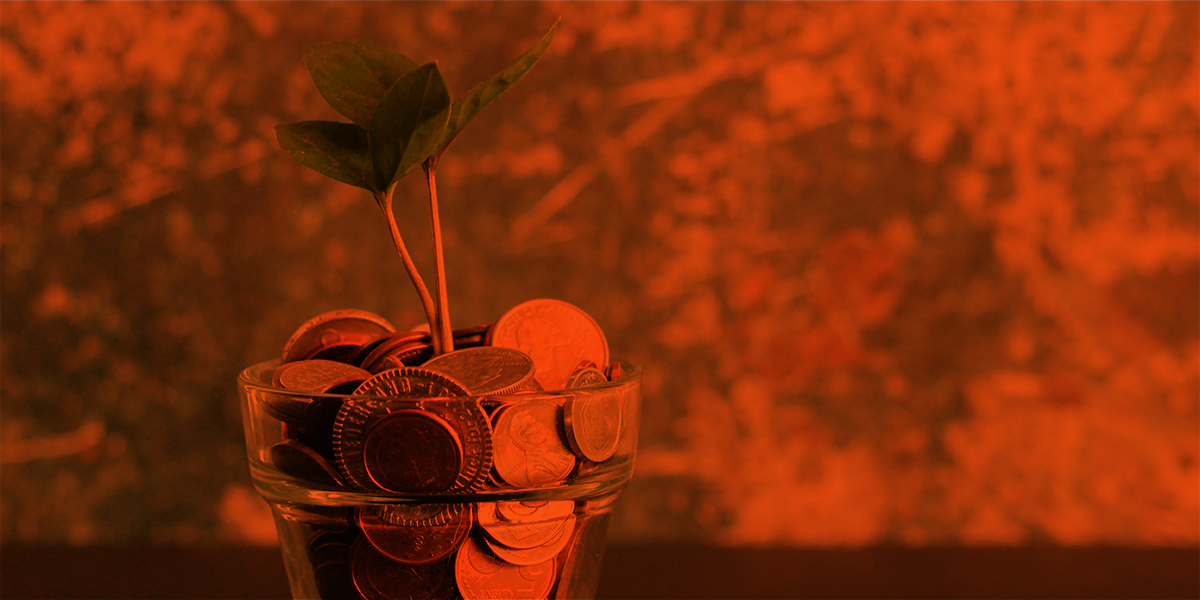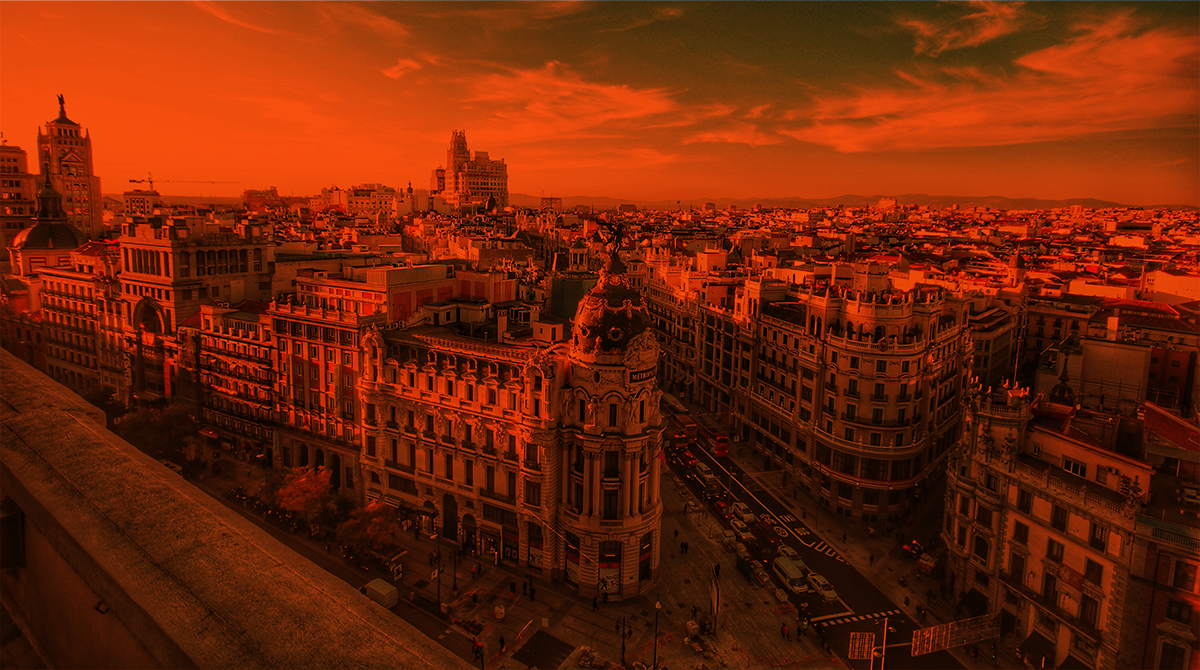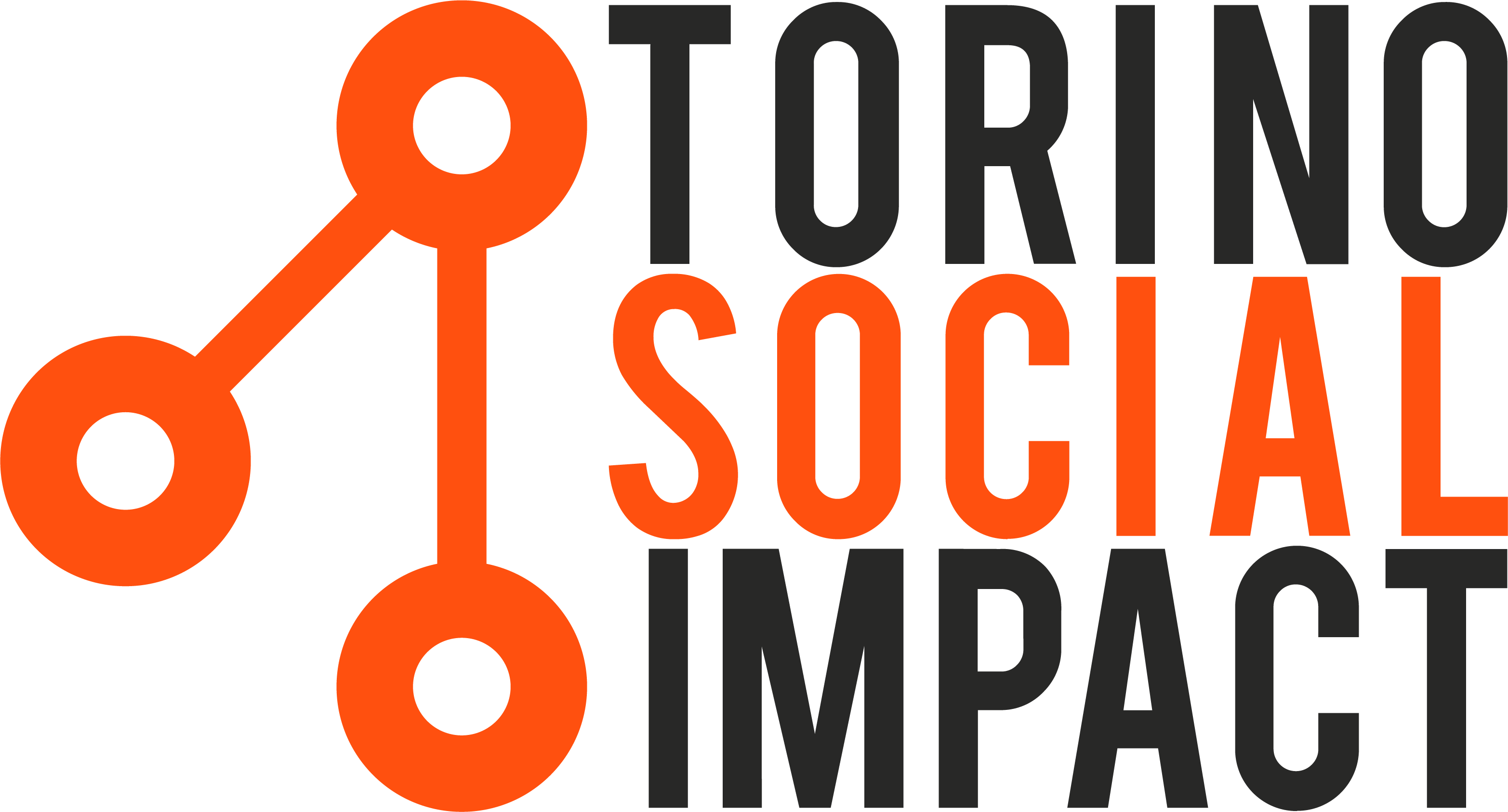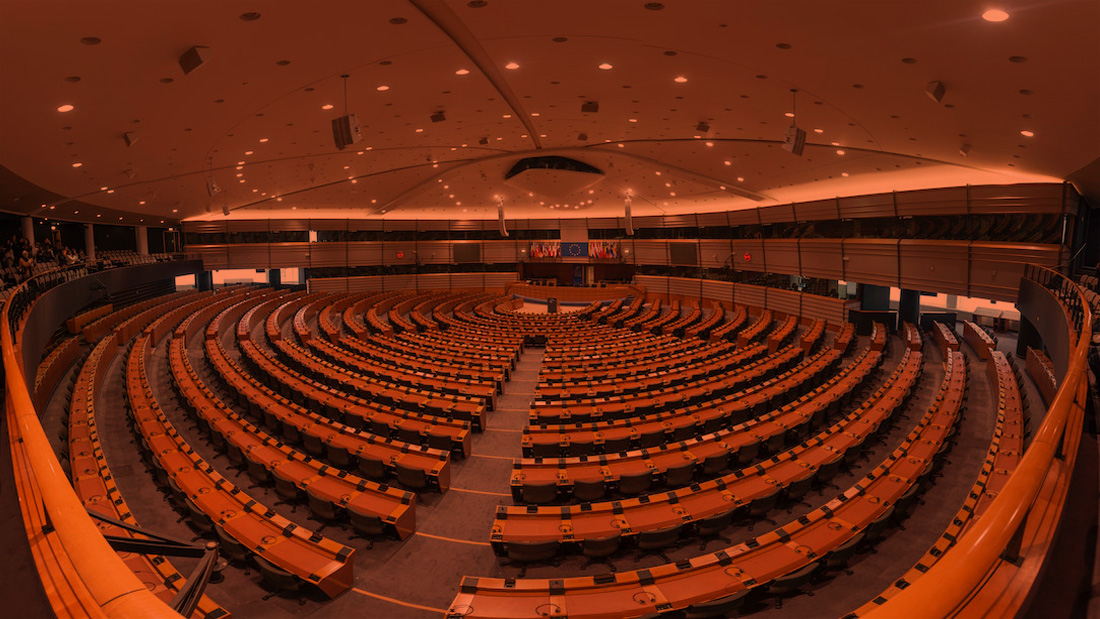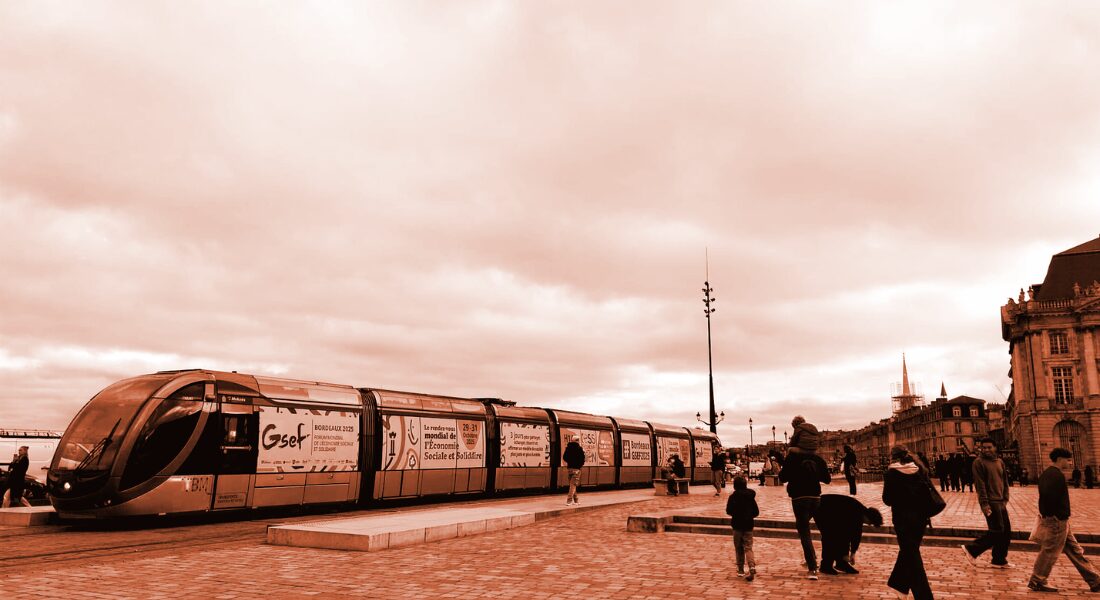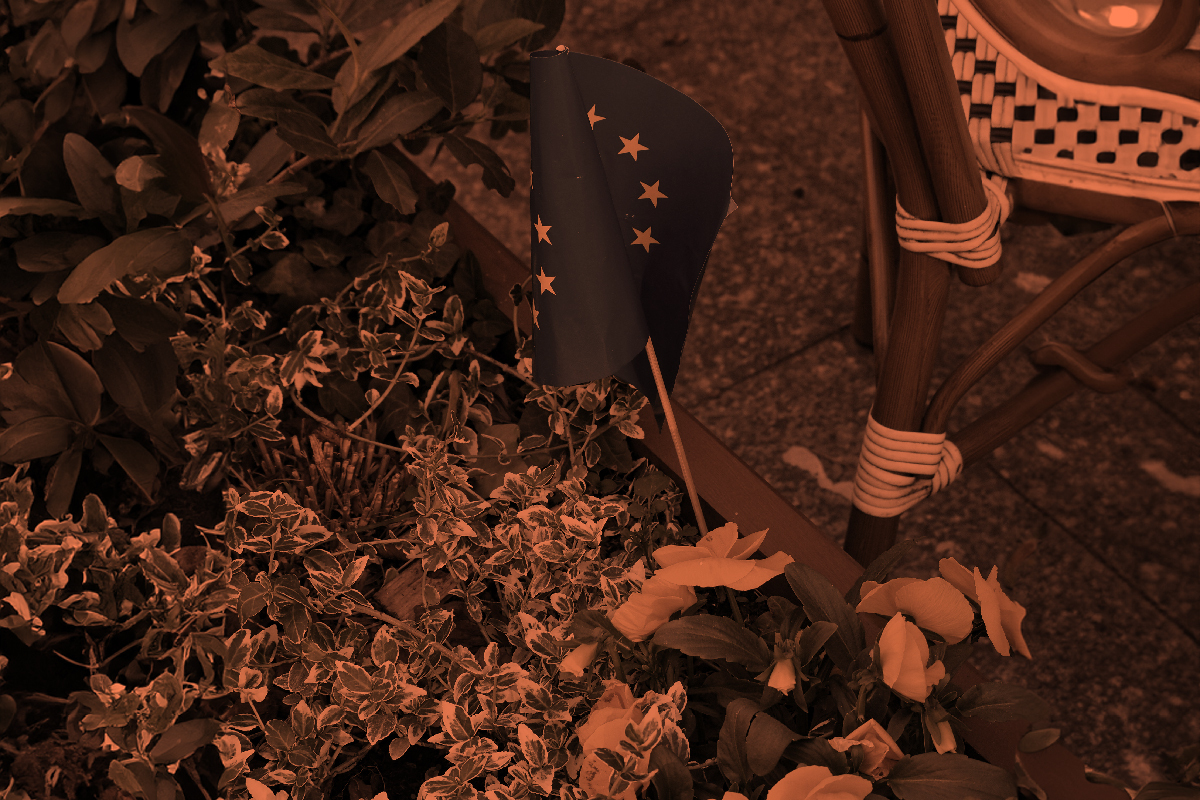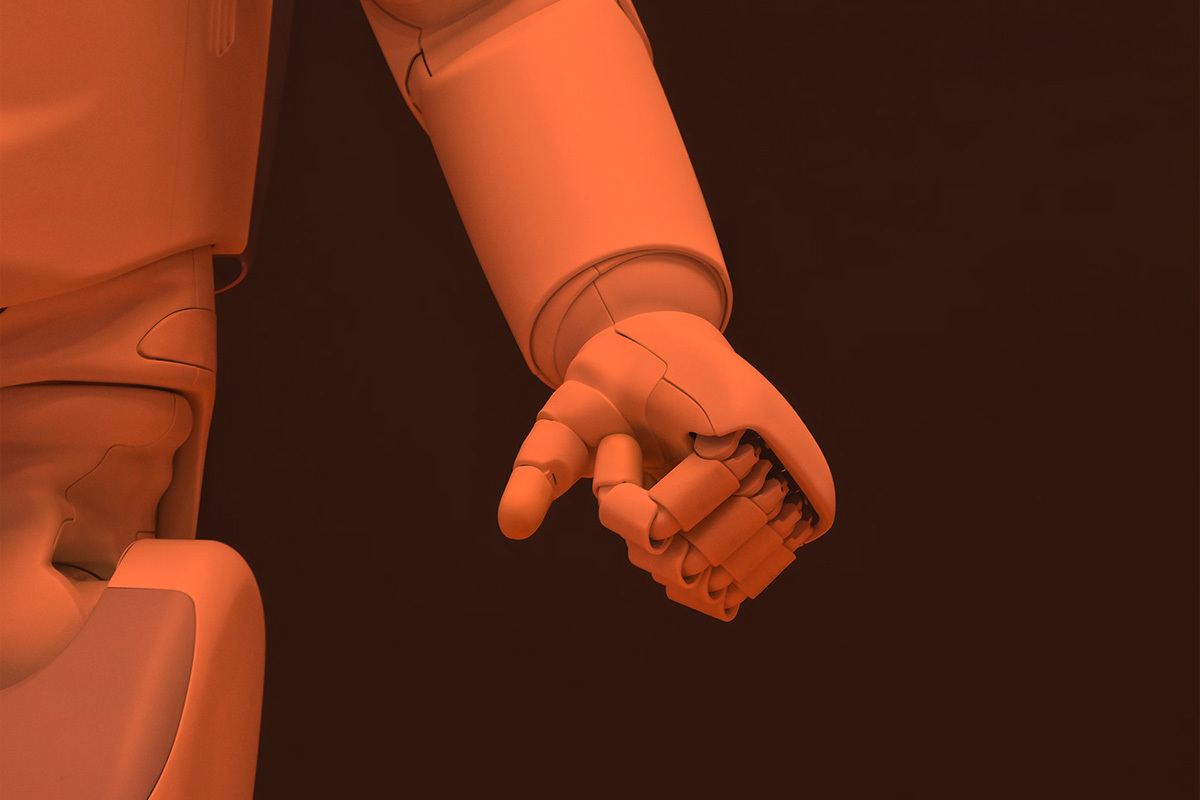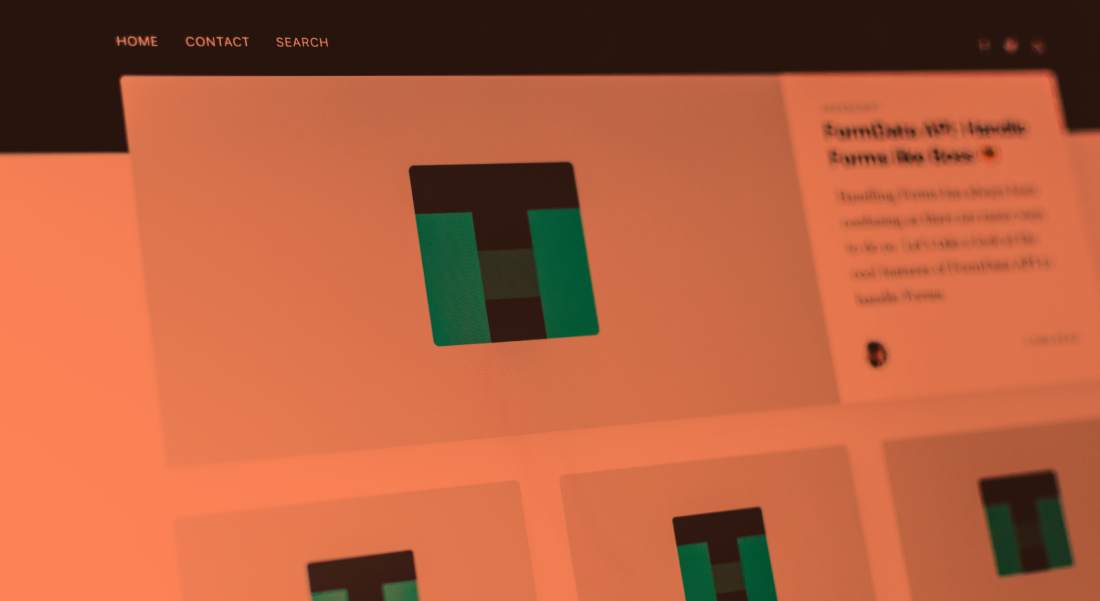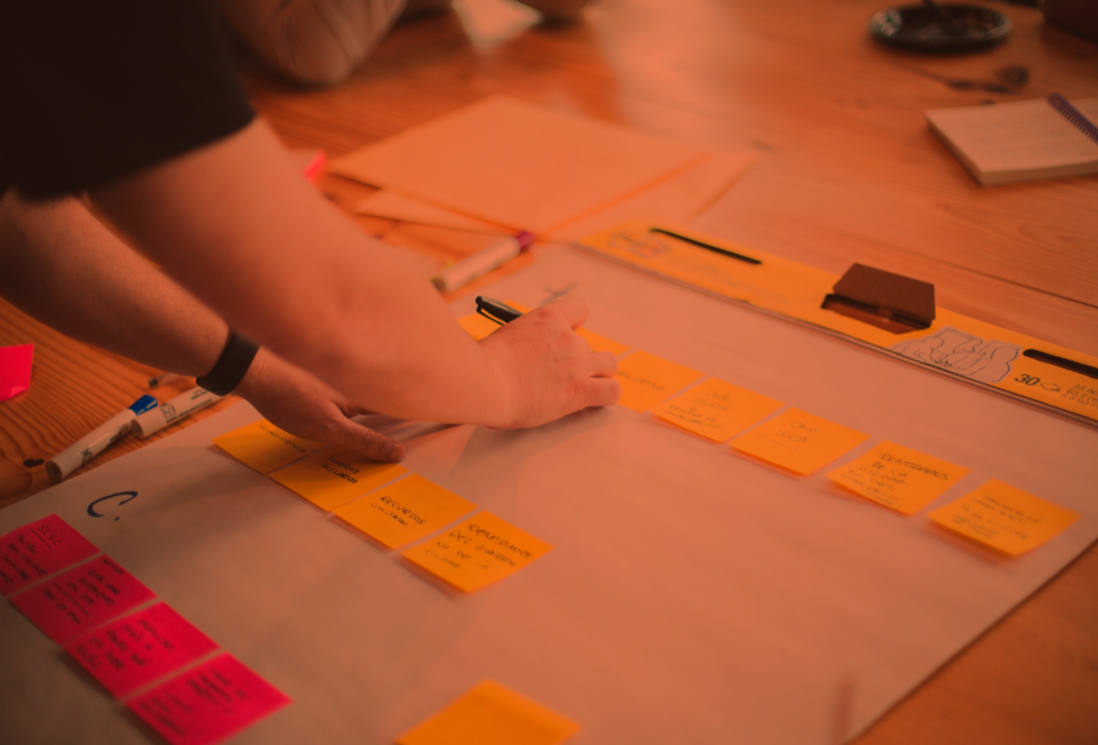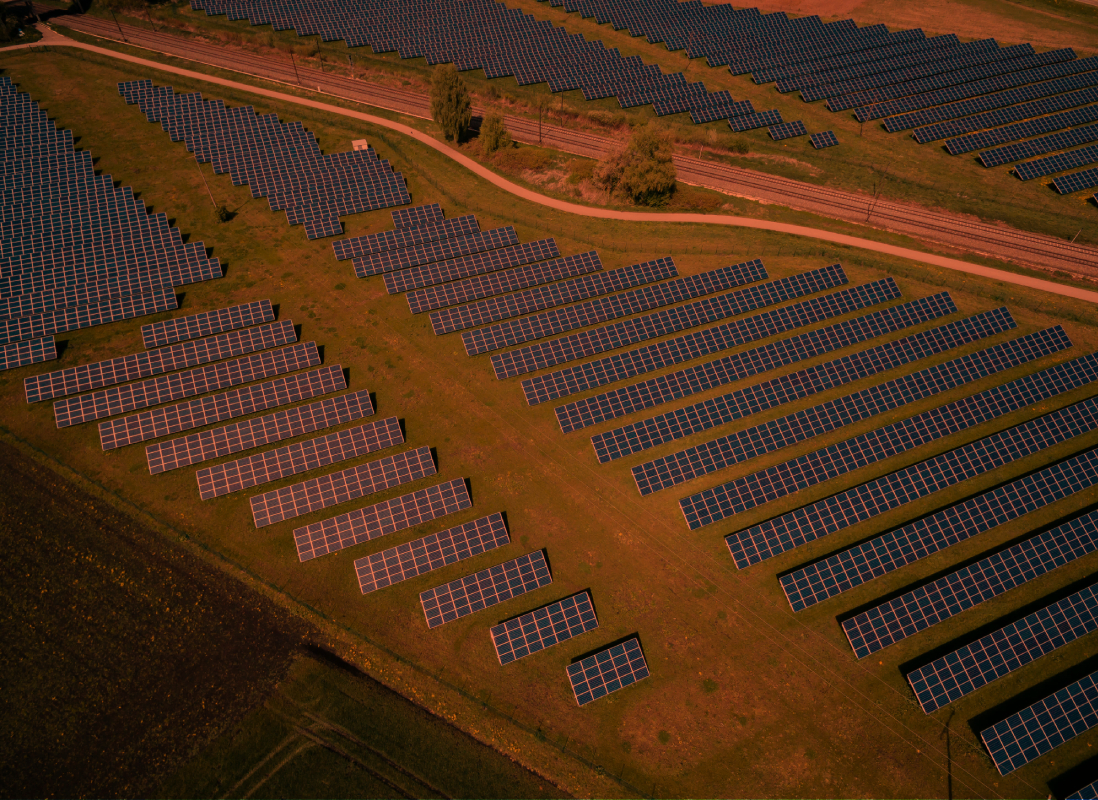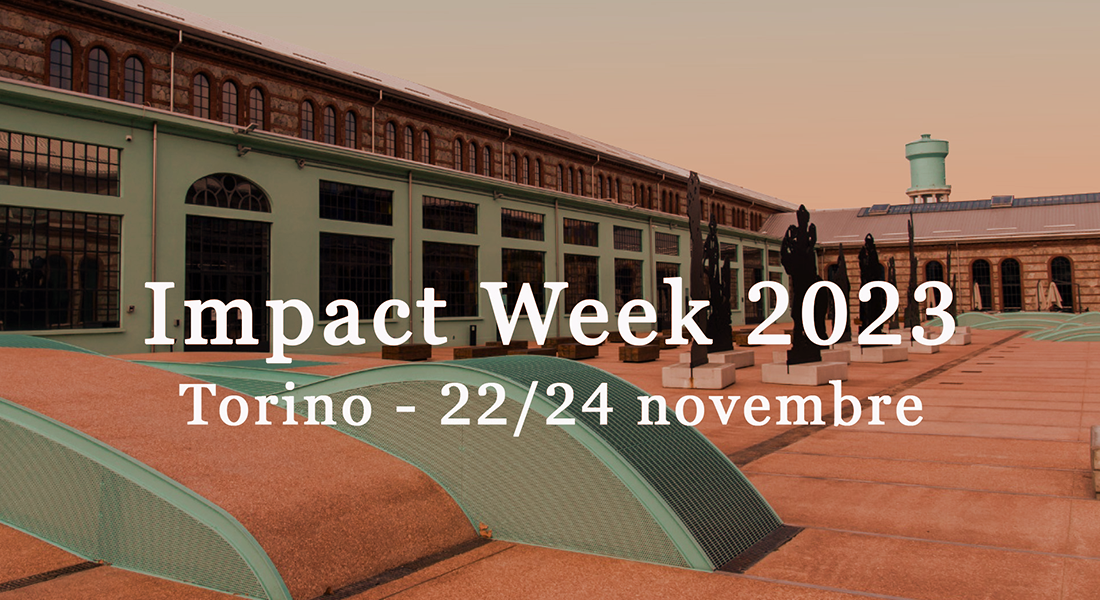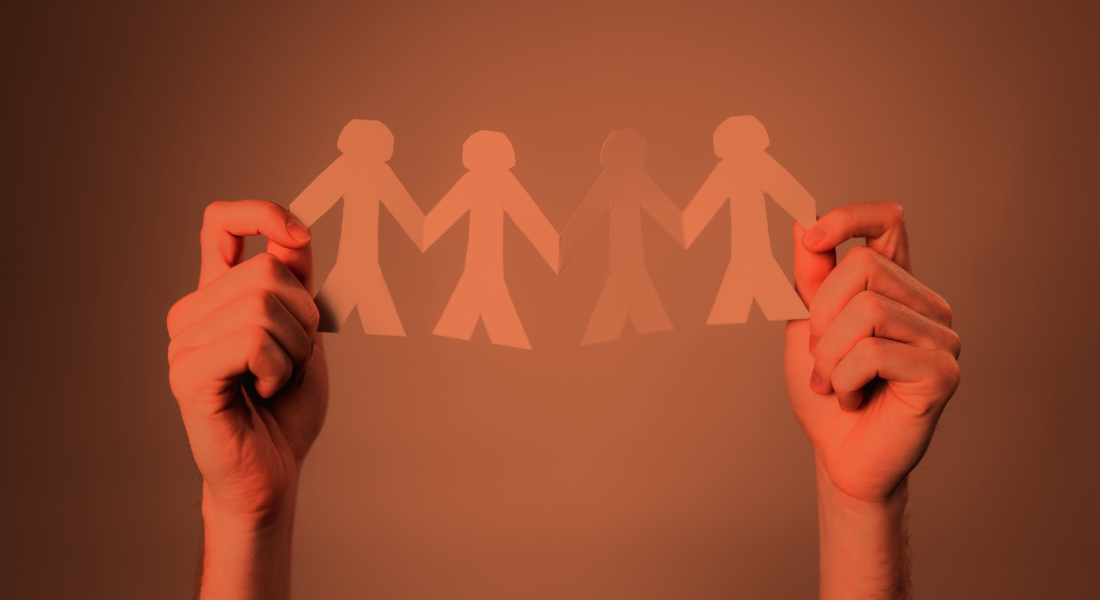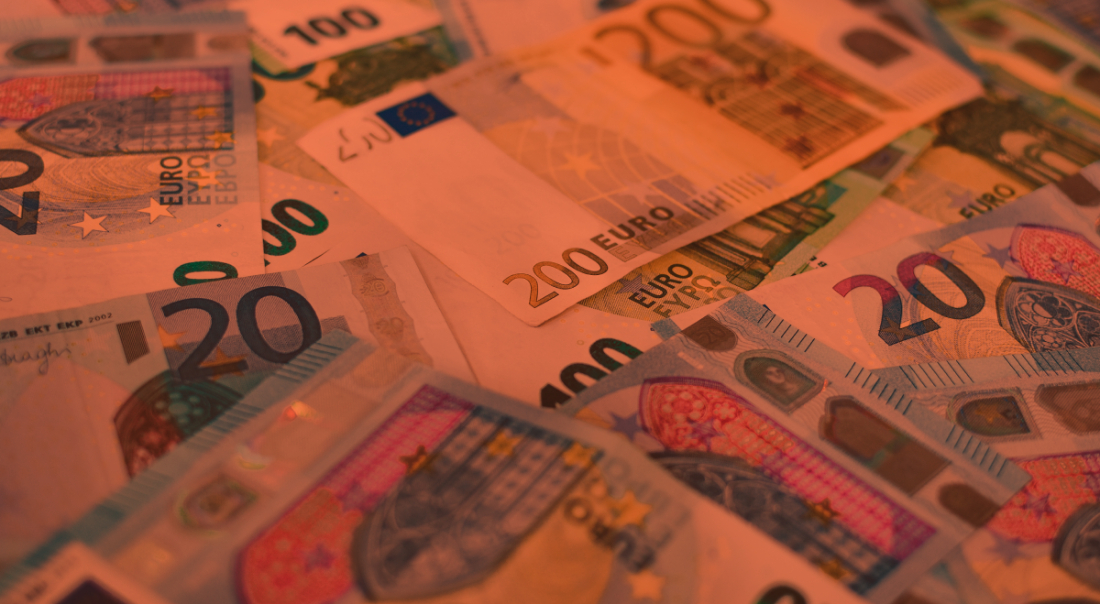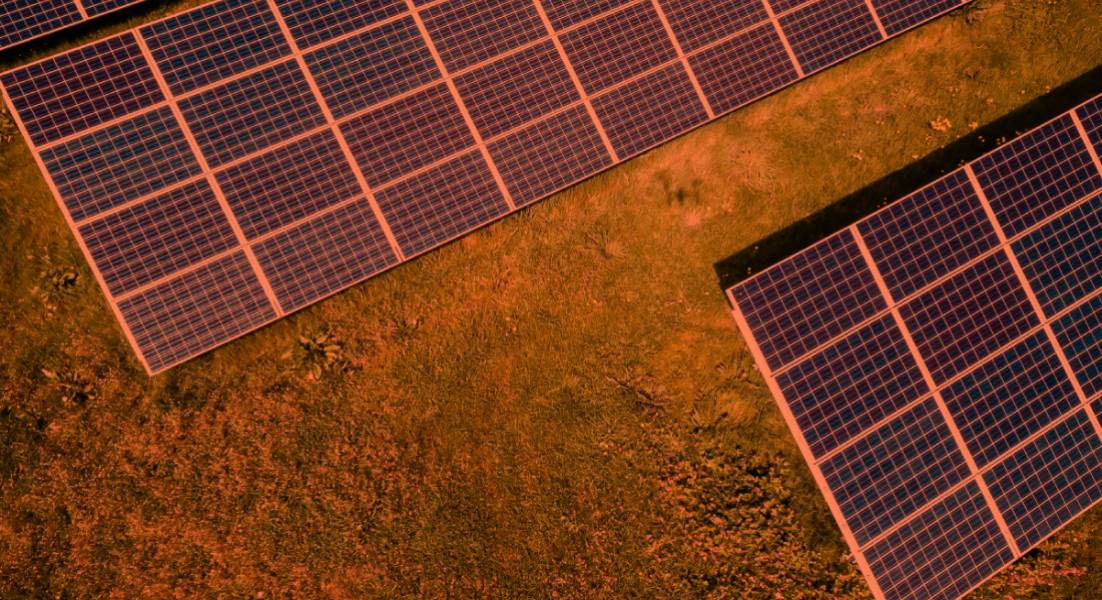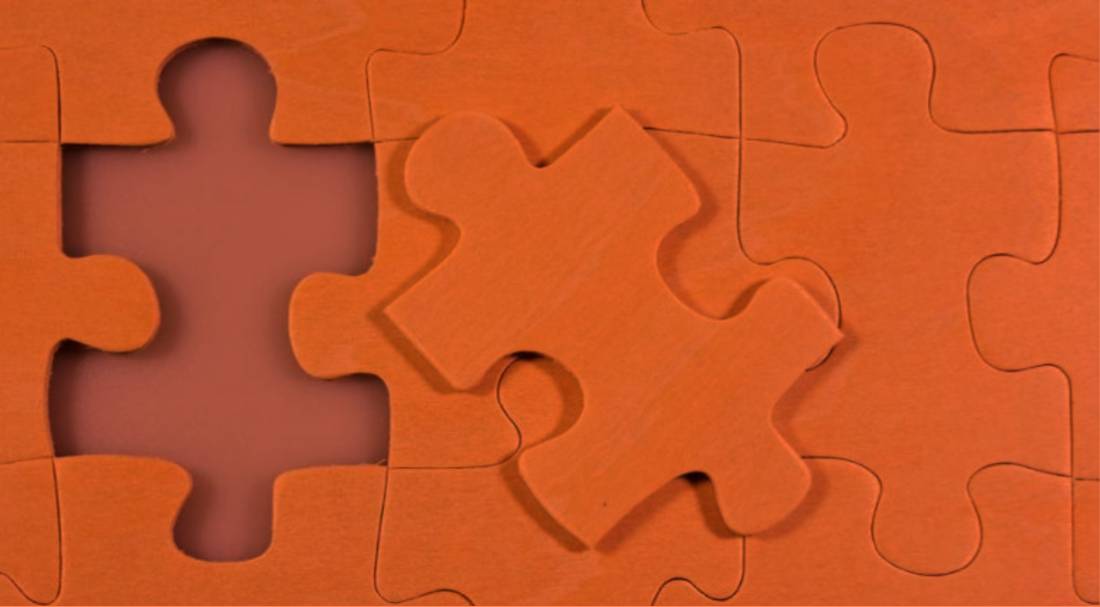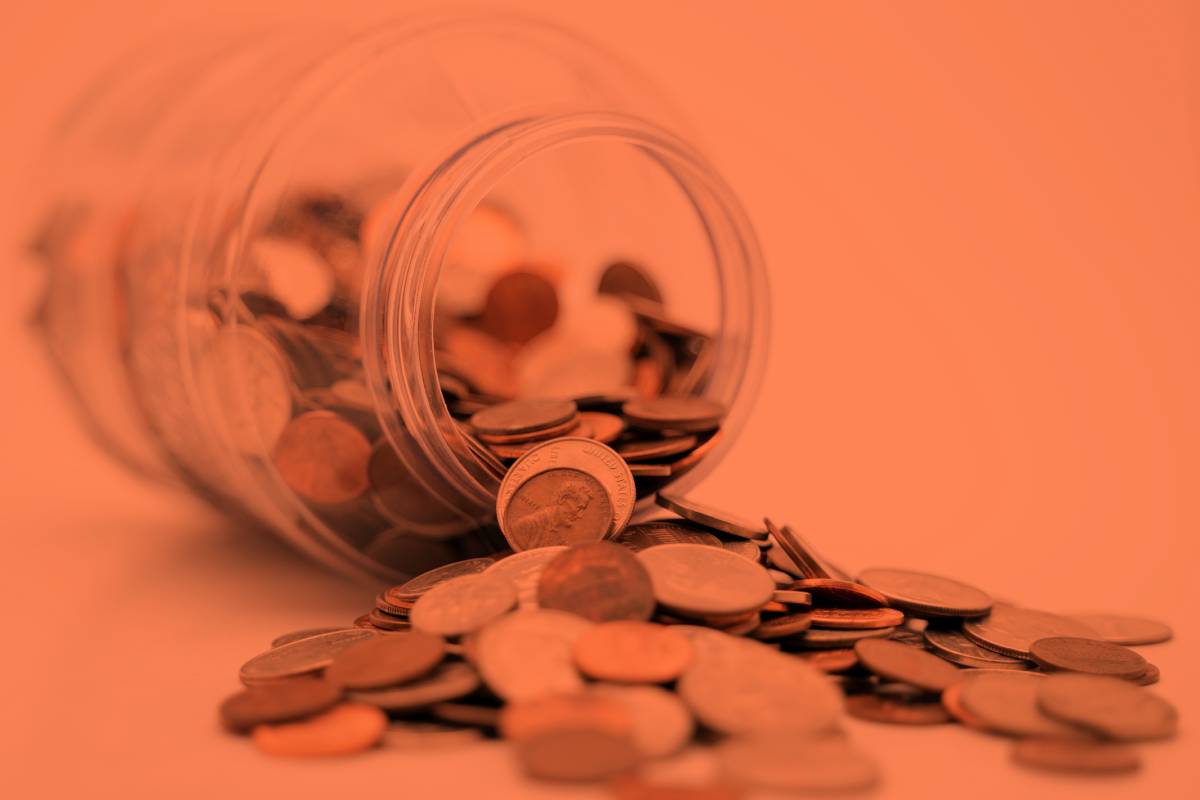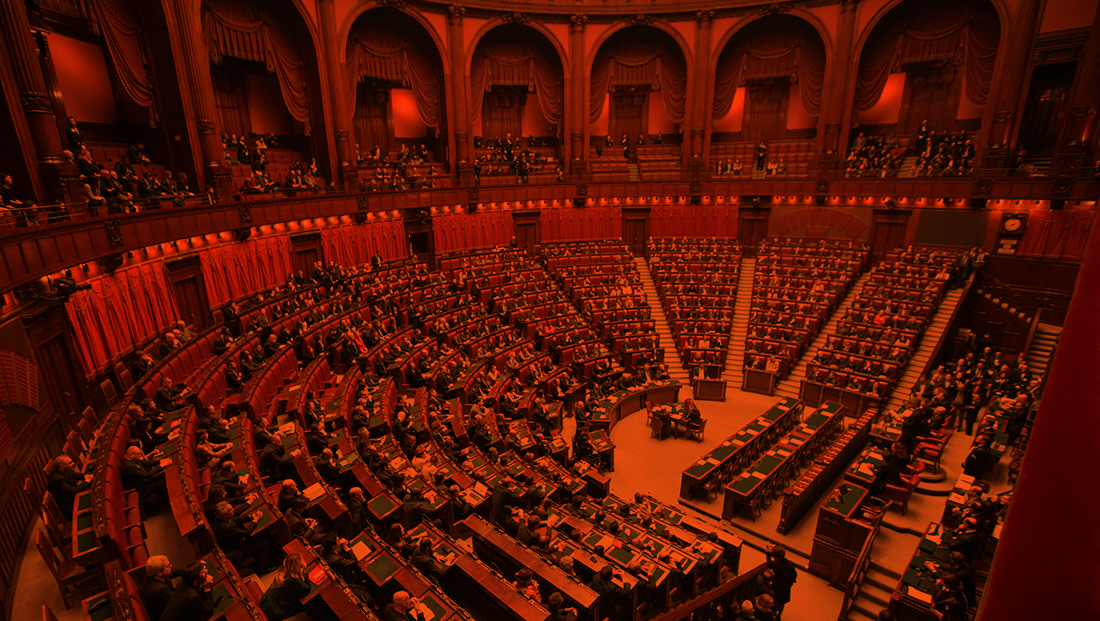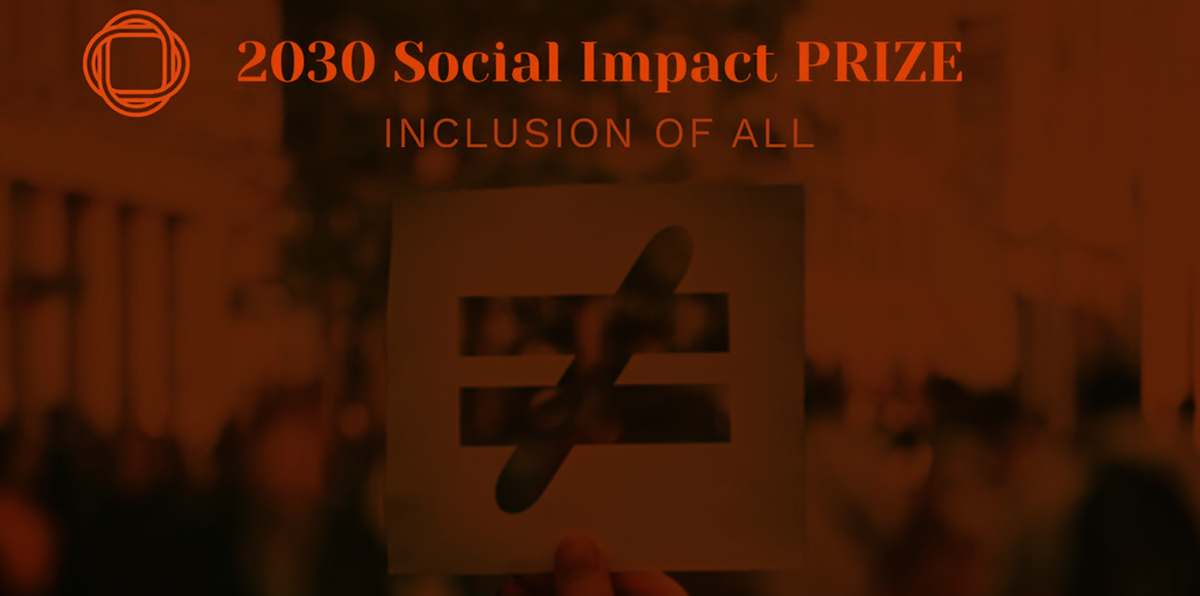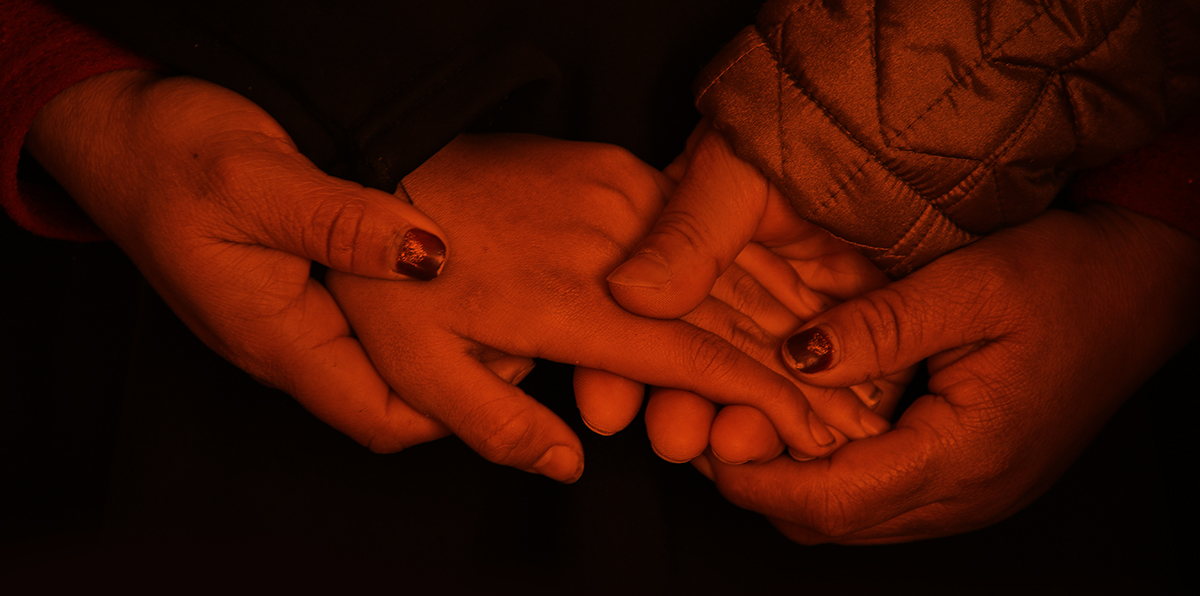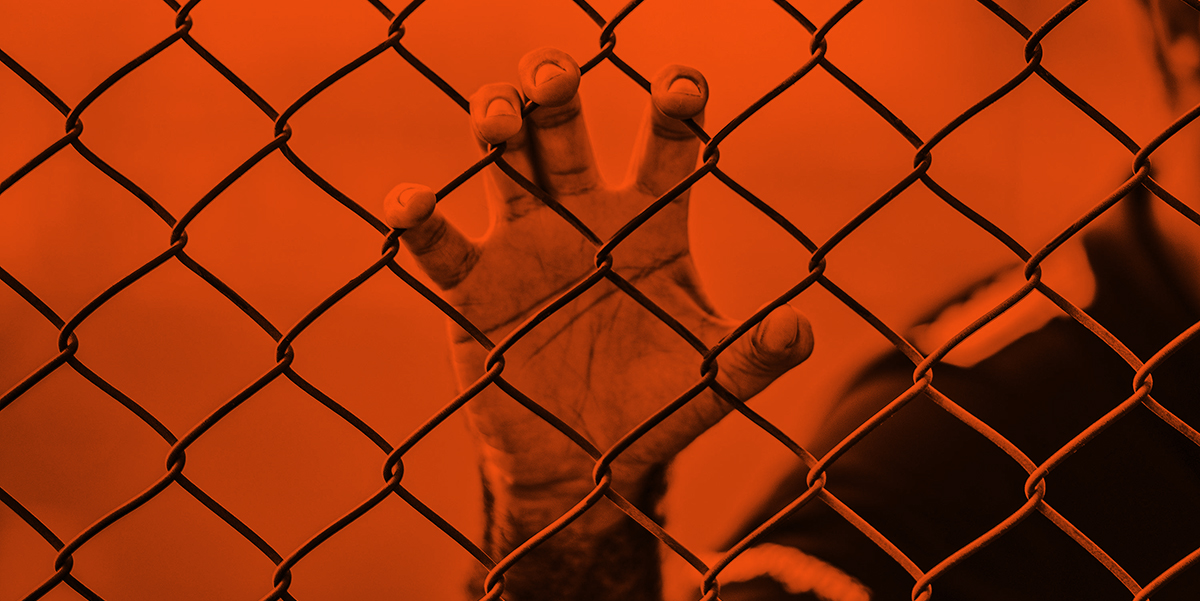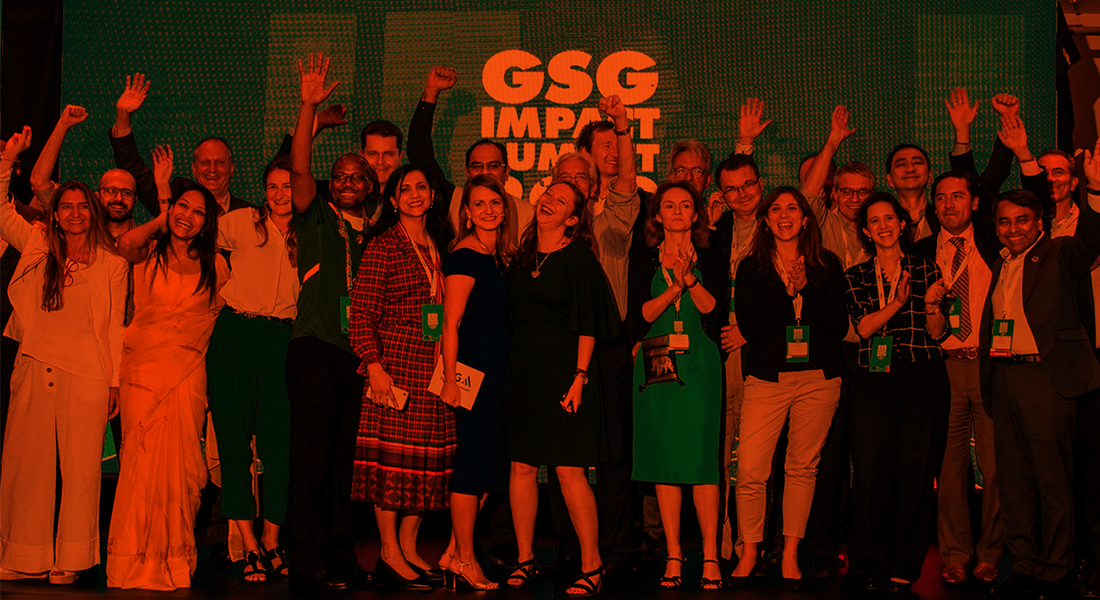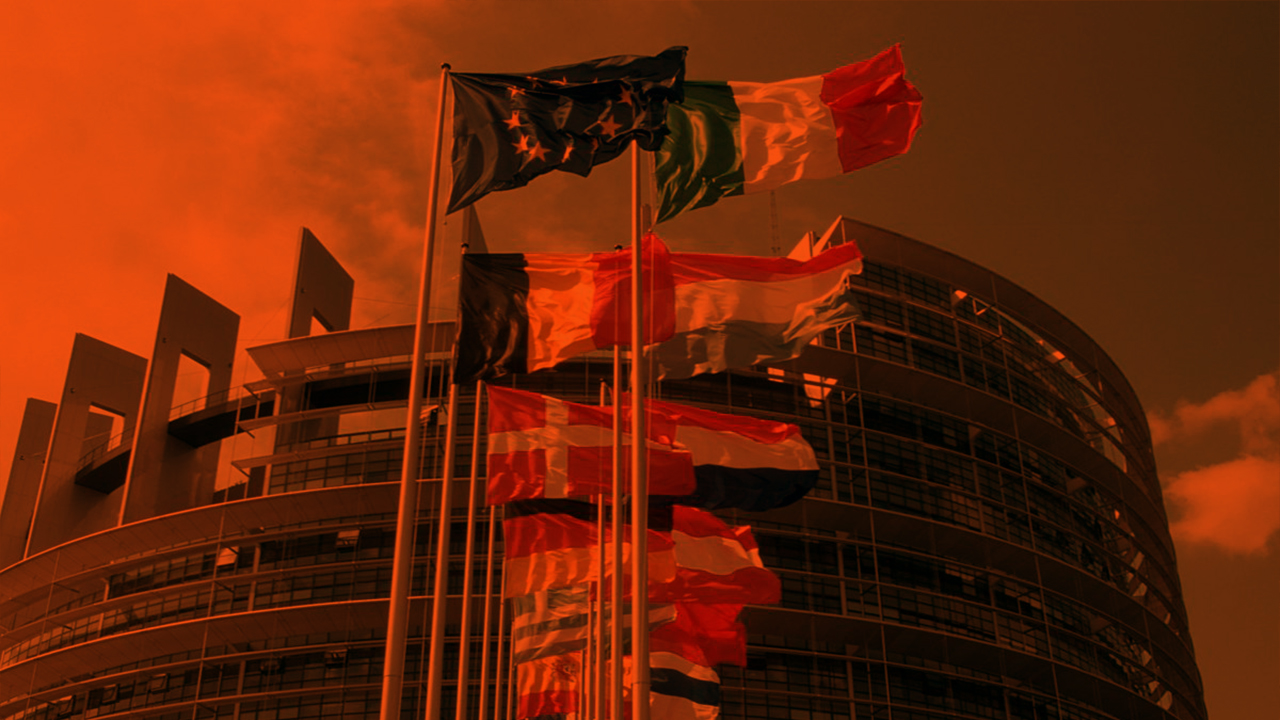The New European Bauhaus is an initiative that connects the European Green Deal to our living spaces, inviting all Europeans to imagine and build together a sustainable and inclusive future that is beautiful to our eyes, minds and souls.
At the end of January 2021, the online platform, where companies, scientists and artists will be able to submit their ideas and innovative solutions for a greener way of living by enhancing circularity, functionality and simplicity of materials, was officially launched. The European Commission sees the call for ideas as the beginning of a co-design for a more sustainable economy.
Businesses and nonprofits are invited to become more engaged in the design of the plan and become partners with the Commission by joining this campaign. The European Commission said it will award 30,000 euros in prizes in the coming months to the first ideas that adhere to the Bauhaus principles.
Below are guidelines and timelines for participating in the campaign:
- Anyone can join the New European Bauhaus by taking action in three ways: sharing their views, hosting a conversation, or becoming a partner.
-
- The sharing of views mainly concerns the following topics: Best Practices related to New European Bauhaus values, ideas and visions, challenges and needs.
- Hosting conversations can be useful to engage your network, institutions, universities and local movements. You can do this with your own format or by following the guidelines in the toolkit made available by the European Union; conclusions can be posted on the Bauhaus website.
- To become a partner you need to be a multiplier and key stakeholder throughout the development of the project, have the ability to reach a large number of stakeholders and have a core activity related to at least one of the founding dimensions of Bauhaus, sharing its values and goals. Commitment to support the project and that it be advertised on their website is required.
- The timeline for the New European Bauhaus includes three phases: design (December 2020 – summer 2021); implementation (early 2021 – 2024); and deployment (2022 onwards).
- A competition will be launched in the spring of this year to reward the examples deemed most inspiring in the design phase.
- A call for proposals will be issued by September 2021 to concretize some elements of the Bauhaus project in at least 5 locations within different member states.
- By the summer of 2021, a series of measures will begin to be submitted to support community building for the New European Bauhaus. This includes both economic and non-economic measures such as, for example, creating standards. This process will continue over time, with long-term goals.
- The precise funding structure will be determined during the design phase, but it is possible that it will involve multiple MFF programs.
To explore: https://europa.eu/new-european-bauhaus/index_en
Archivio:
